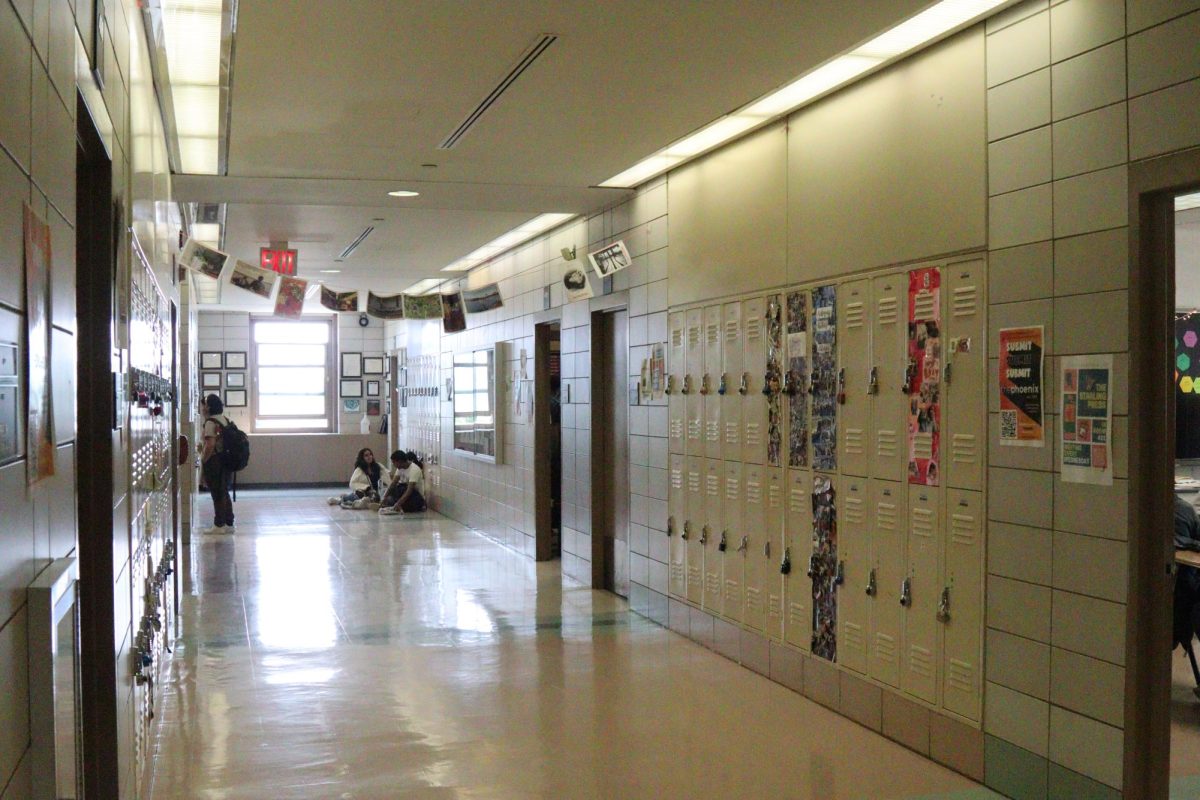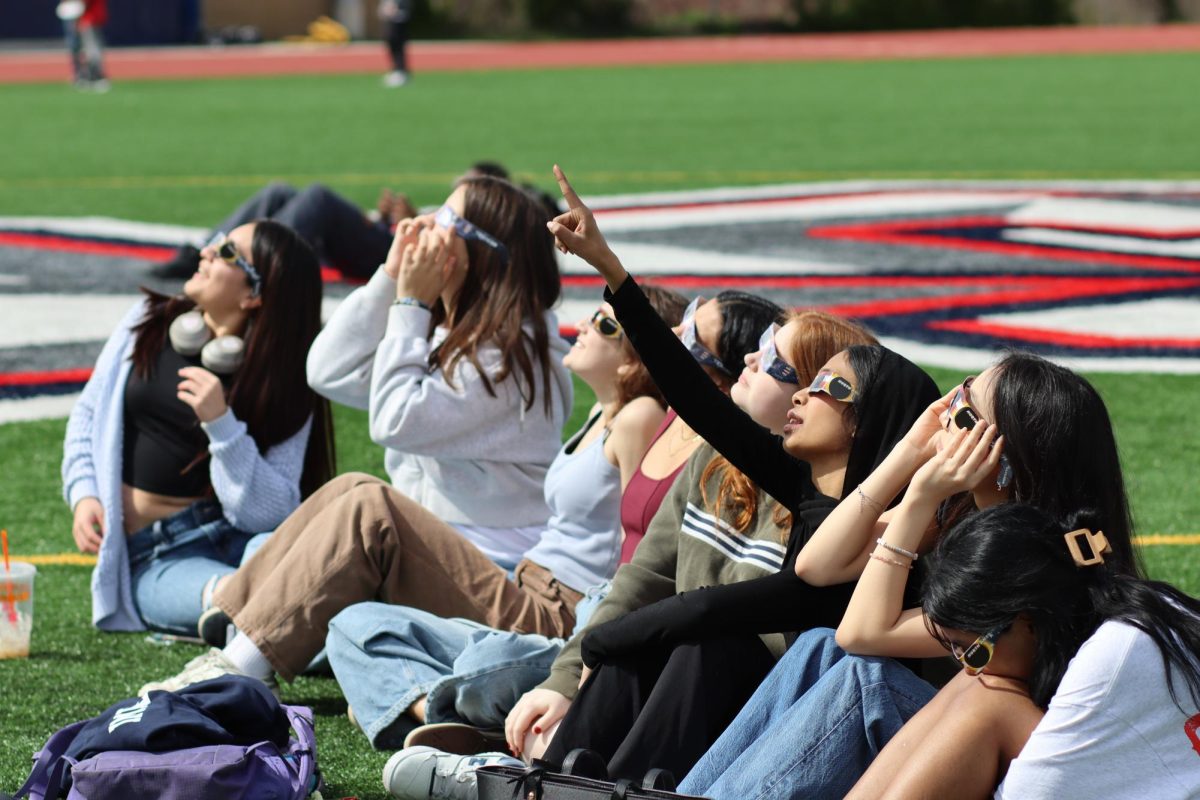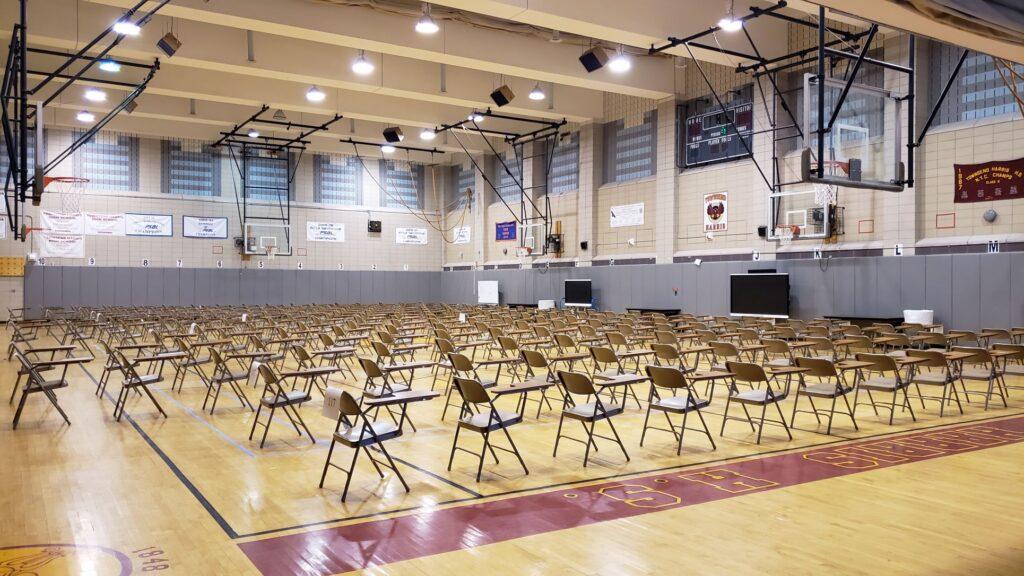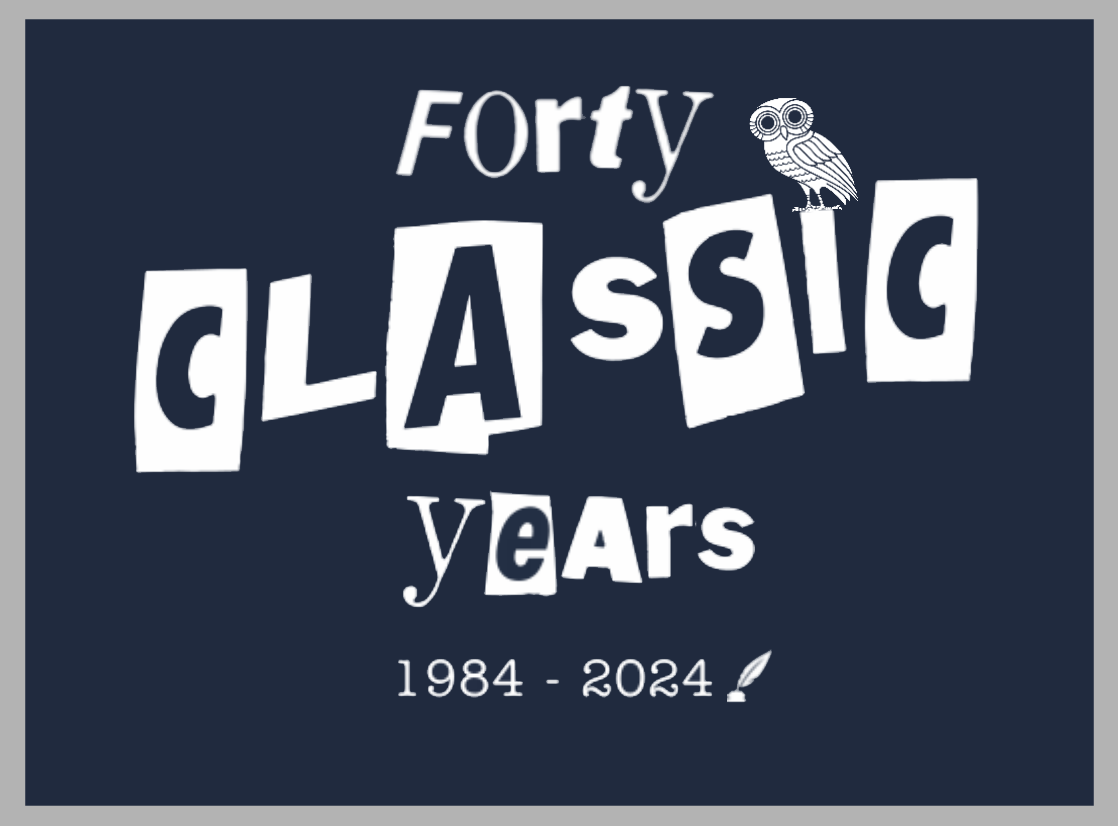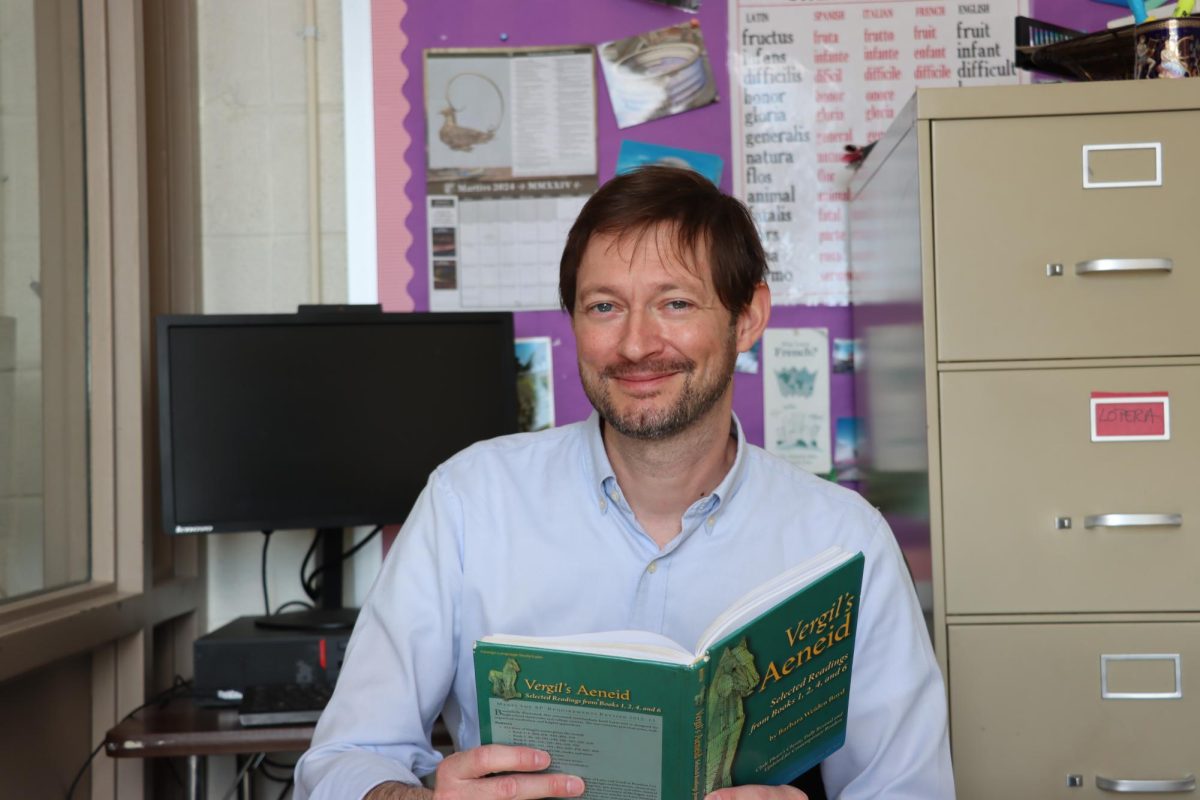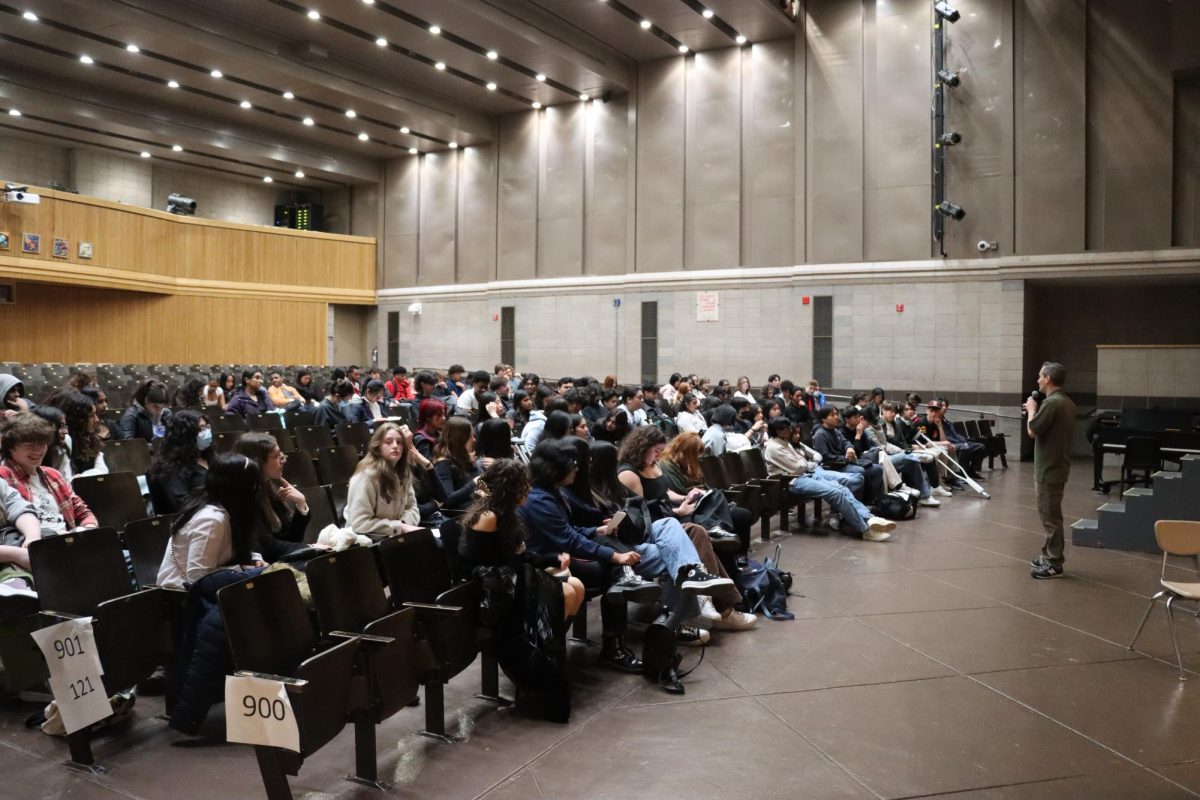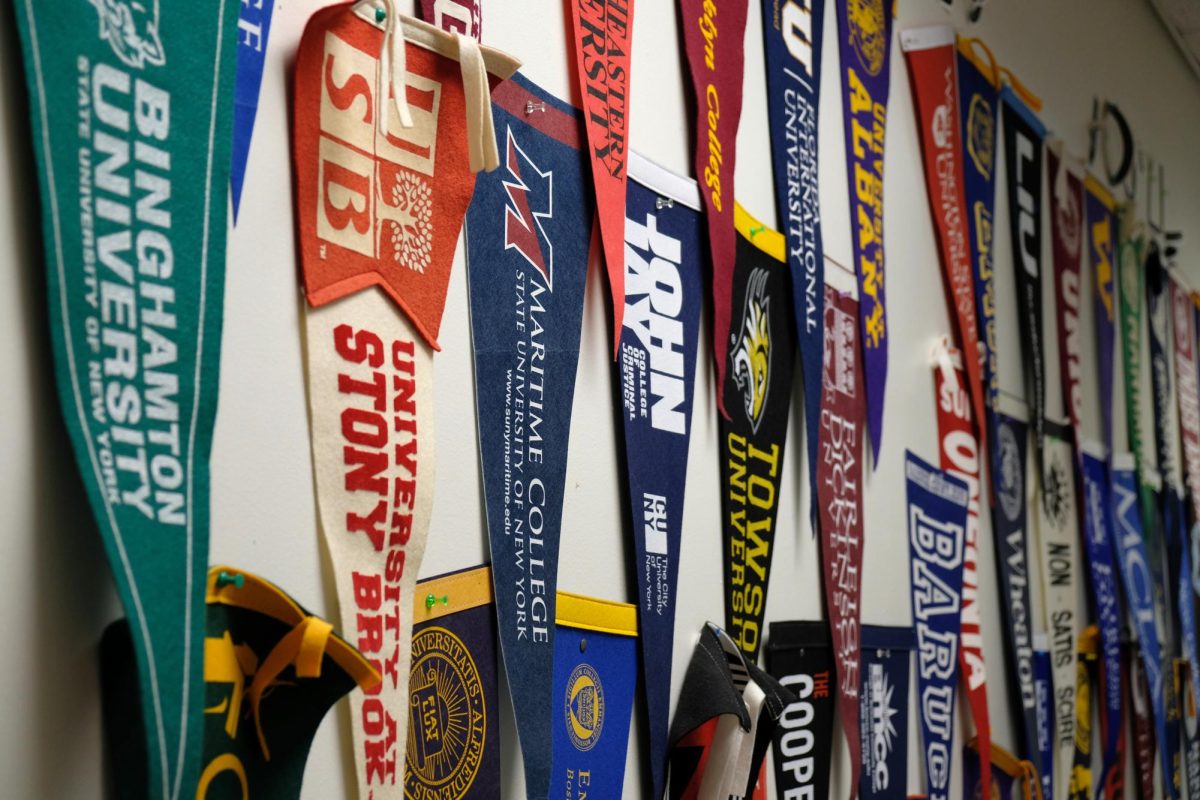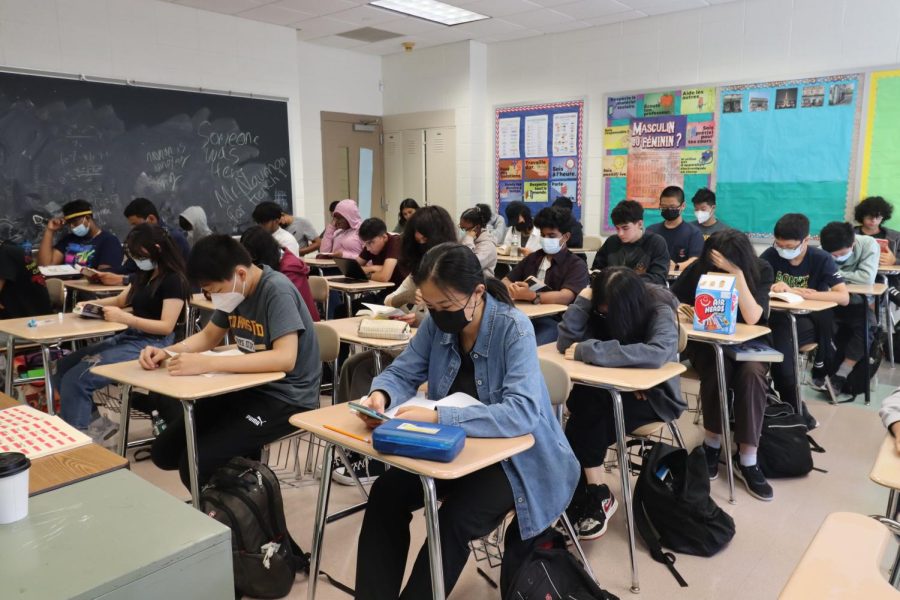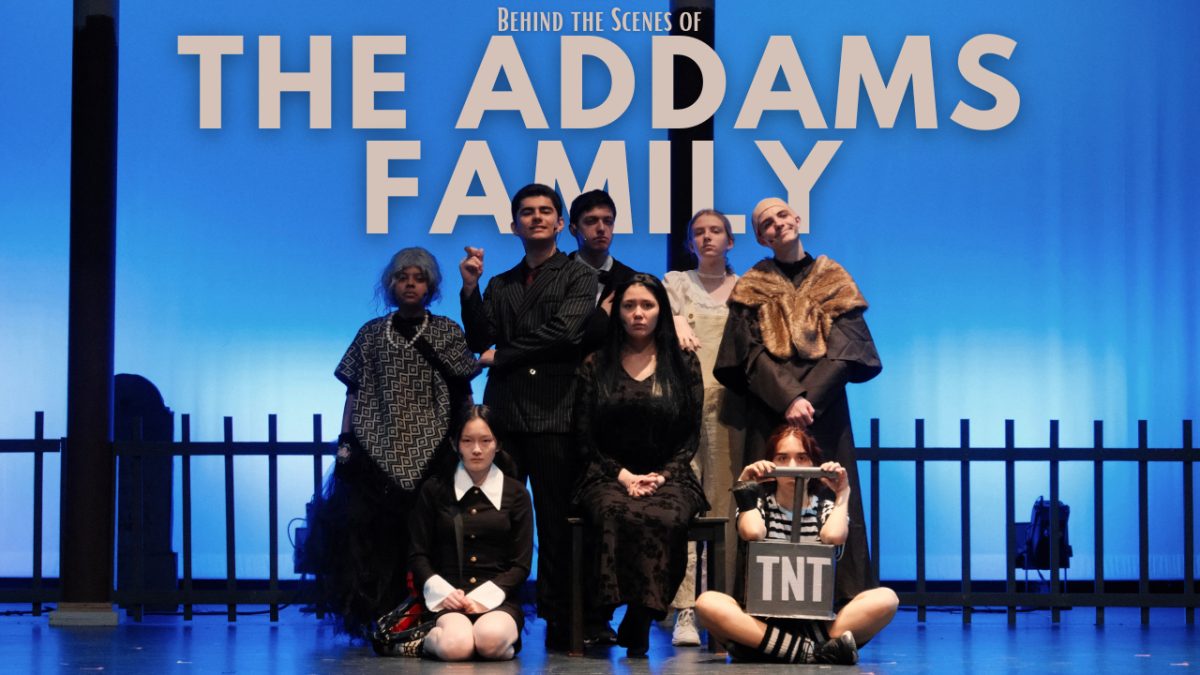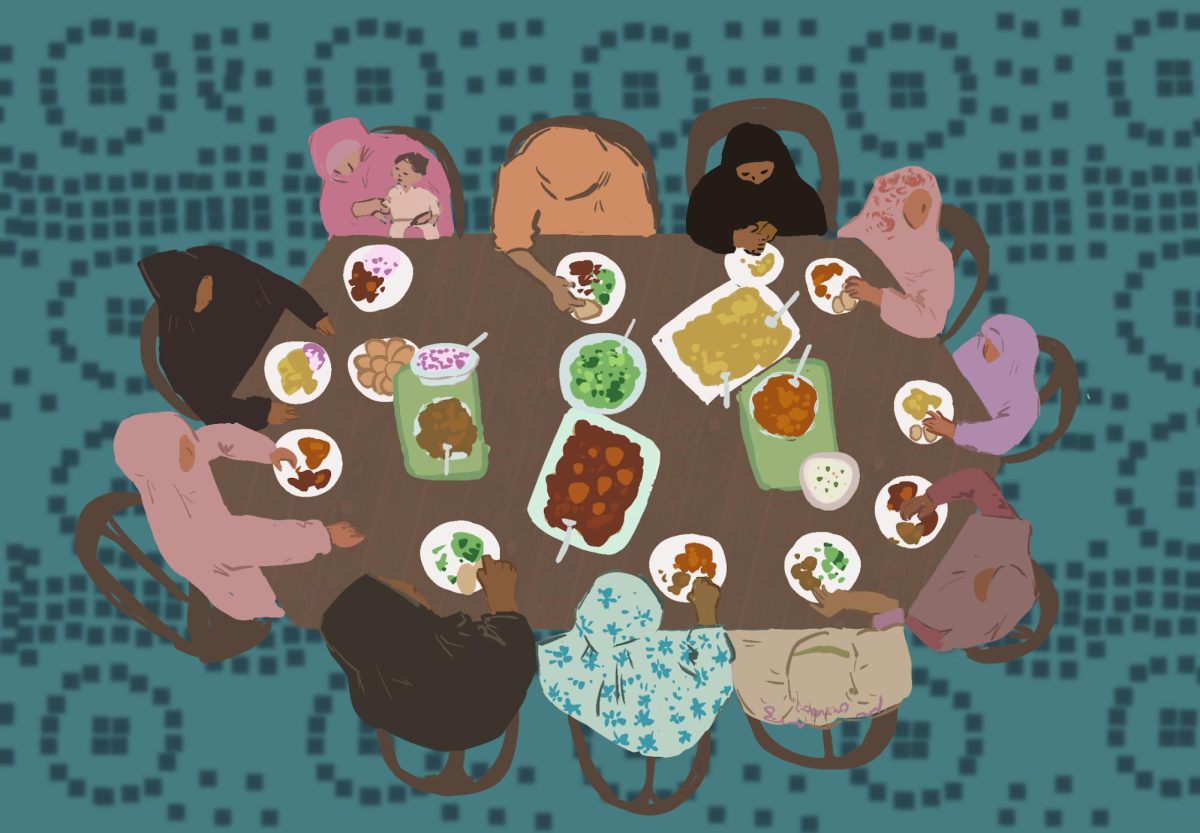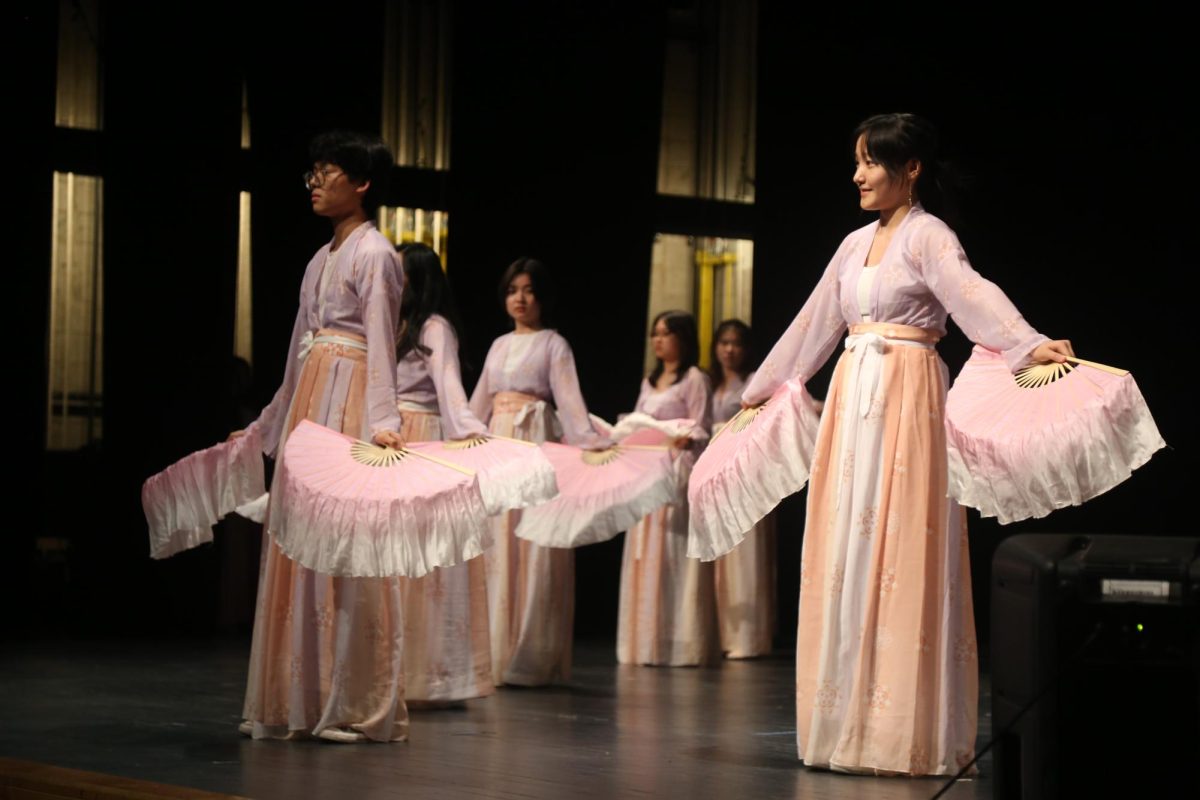
Knowing that Queens is one of the most diverse areas in New York, one should not be surprised that Townsend Harris houses many different ethnicities and languages. At Harris, being bilingual is seen as an advantage by most people.
At home, freshman Sarah Yu speaks Wenzhounese, a language from China with no written form, and considered “the least comprehensive dialect for the average Mandarin speaker.” In addition to that, she went to school to learn Mandarin for 4 years. She believes that “by knowing a lot of languages, [it] contributes to a person’s sense of security because it helps us in different situations in different parts of the world.” Oddly enough, although English was her second language, she doesn’t remember struggling to learn it, since she quickly caught on to the English spoken in public schools.
Junior Yash Sharma was born in India, and his first language was Hindi. When he came to the United States at the age of two, he quickly assimilated to the country’s language and environment, allowing him to learn English quickly. When asked whether English or Hindi was more difficult, he says that “both languages are equally hard, because now that I’m learning languages like Spanish and Latin, I realize just how complex English and Hindi can be for someone [who’s] learning.”
Sophomore Joseline Guaman was born in Ecuador and speaks Spanish at home. She says that learning English was hard at first, because she was the oldest of three children and her parents didn’t know how to speak the language. However, after a few months in school, she was able to speak English well.
Junior Lina Sultana speaks Bengali at home. She was born in Bangladesh and moved to America as a child. She says that she often speaks in ‘Banglenglish,’ an incorporation of both Bengali and English, using English phrases occasionally whenever she’s speaking Bengali at home. Lina further explains that nowadays, “living in New York, it kind of requires a person to know more than one language since we’re the melting pot of cultures.”
Junior Nadia Ali’s first language was also Bengali. She says that although she had no difficulty learning English as a second language, she does remember times when she has mixed up the two. She explains: “One time in the fifth grade I called my teacher ‘amma’ which means mom. But I guess I shouldn’t be calling my teacher ‘mom’ either, so I was completely off.”
Freshman Clarisse Tam speaks Tagalog and Hiligaynon, two languages native to the Philippines. She says that compared to English, Tagalog is the harder language because of the pronunciation of the words; “depending on your pronunciation, a word can mean one thing or something else. For example, ‘wala’ can mean either ‘left’ or ‘no/nothing.’” She says that she rarely got confused distinguishing between the languages, but she does recall a time in second grade when she told her teacher that she was with her “tita,” which means ‘aunt’ in Filipino, and the teacher was clueless as to what she was talking about. Clarisse says that “learning another language helped me with my vocabulary and grammar. Knowing these other languages also seems to help me with French. [Languages] come easier to me, I guess you could say.”
Junior Radhika Patel speaks fluent Gujurati at home, and can understand Hindi. She mentions that Gujurati and English are completely different. However, she says that she had no difficulty learning English as a second language, but she did say that she had a slight accent even though she was born here.
Freshman Misbah Pochi was born in Pakistan and grew up speaking the Indian dialect Memoni along with English. Later on, she also learned Urdu. She says that her grandfather stressed that his grandchildren knew their native languages; she further noted that she’s glad he was so adamant, because “I really appreciate [it] and I can proudly say [I’m] multilingual.”
Freshman Katerina Jou speaks Mandarin Chinese at home. This was her first language, and starting that the age of 4 she went to school to fully master it. She says that sometimes Chinese can be a disadvantage because some terms like cultural foods “you may understand in Chinese, but you won’t know how to translate it into English. However, she mentions that learning another language is more beneficial than harmful, and says that knowing Chinese also helps in her AP World History class when it comes to Chinese culture.
Junior Gerald Mariscal learned Spanish as a first language, forgot about it, and then had to relearn it. Because his grandparents only spoke in Spanish while they were looked after him, it ended up being his first language. However, when they went back to Puerto Rico, he had forgotten everything he had learned, and was forced to relearn Spanish in school in the fifth grade. Gerald says that it’s beneficial to learn different languages because it’s “good to learn new things and sometimes learning new languages can help you in your future and your career.”
English was also a second language to junior Anela Kobilic. She speaks Montenegrin fluently at home, but she also understands Serbian, Croatian, and Bosnian. She says that her dad always mentions how “the more languages you know, the more you are worth because you are able to connect with people even if you are from two different parts of the world.”

